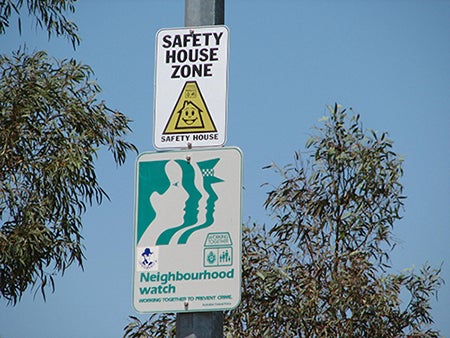
Legal recourse for street and transport harassment: Across articles and web postings, there is a parallel that is now drawn about how to address the urban safety of women without relying on laws such as the ones on sexual harassment in the workplace. The fact is that in many countries where sexual harassment on the street happens (just about everywhere in the world), there is a problem linked to what is or would be considered ‘reasonable’ harassment of women on the street and in a public place. How does public policy and law enforcement address the issue? What should be considered appropriate in a society where there is only morality to guide the individual and should “just Eve teasing” be considered okay? It becomes an issue when women do not feel they have legitimacy to report harassment, either because the police or local authorities will not take complaints seriously or because they do not have the authority to act.
There are many countries now where legislation on sexual harassment in the workplace exists and is enforced. When dealing with offences on the street and in public transport, however, the majority of countries do not have legal dispositions for harassment. There are many issues related to legal definitions (what is harassment; the type of harassment, etc.) and until sexual harassment and assault crimes are well defined and can be considered stand-alone offenses in the public space, we will likely not see much change in how the issues are perceived and addressed.
Neighborhood watch groups: There are many developed and developing cities that have established neighborhood watch groups. These groups are typically unarmed and are trained in safety, management, legal issues, and first aid. There are also female neighborhood groups. In Lima, the first Motorized Female Squad of neighborhood watch members was established in July 2012 and comprises 20 officers who keep watch over the historic downtown area of the Peruvian capital city.
Evidence related to the activities of such groups shows that there are specific features that tend to make them successful in achieving some level of street security. As reflected in the current success of the Peruvian experience: 1) the groups work with the national/ local police; 2) the groups engage in significant community outreach to strengthen ties with the community; 3) video surveillance cameras are installed to improve coordination between the national policy and fieldwork carried out by the watch members; and 4) communications are increased between the watch groups and the police on problem areas, in order to strengthen the presence of the neighborhood watch members and integrate their action with municipalities' plans and public safety strategies.

Neighborhood watch sign in Canberra, Australia
Technology for identifying harassers: Technology can help improve the safety of the public space and transport systems in many ways. Examples abound in big cities like London or the São Paulo Metropolitan Region. A camera or alarm system that is used to monitor for overcrowding on platforms or malfunctioning doors may, for example, be useful to prevent fare evasion or robberies. It can also help deter violence against women, particularly if it is well organized and efficient with the use of security personnel on surveillance platforms or on patrol, some armed and with trained dogs. However, it is also worth noting results from North America, where there have been a number of studies focused specifically on women’s safety—or lack of it—whether real or perceived—in public transport. These studies have shown that women tend to prefer human rather than technological security measures, because the presence of security officers is a better deterrent factor and also a guarantee that someone is ‘there’ as opposed to cameras which may not be operated or visualized by anyone. Transport agencies end up using a combination of techniques: technology, good environmental design, adequate lighting and landscaping, etc.
Crowdsourcing for reporting harassers: As written in a previous blog entry, the use of ICT for improving users’ safety is also increasing, with transport users now reporting cases of harassment and discrimination. The innovative website "HarassMap" in Egypt is one example, and there are other well-known sites such as ''Hollaback" and "streetharassment' which serve similar objectives. Of course, collecting data is always useful. However, if there is no enforcement mechanism or follow-up policy process based on the data that is being collected, individuals may lose incentives to report data or feel that the system is not helpful, making the process unsustainable. In the case of harassment, either social pressure from increased reporting can eventually deter harassers, or the government, transport drivers or the police can be trained or given the means to help reduce harassment and enforce measures against it.
Let us hope that the current attention worldwide that is given to the concerns of women will bear positive changes for improving their personal safety in the public space and transport.
Photo credit: Hollaback! / Tim Malone


Join the Conversation